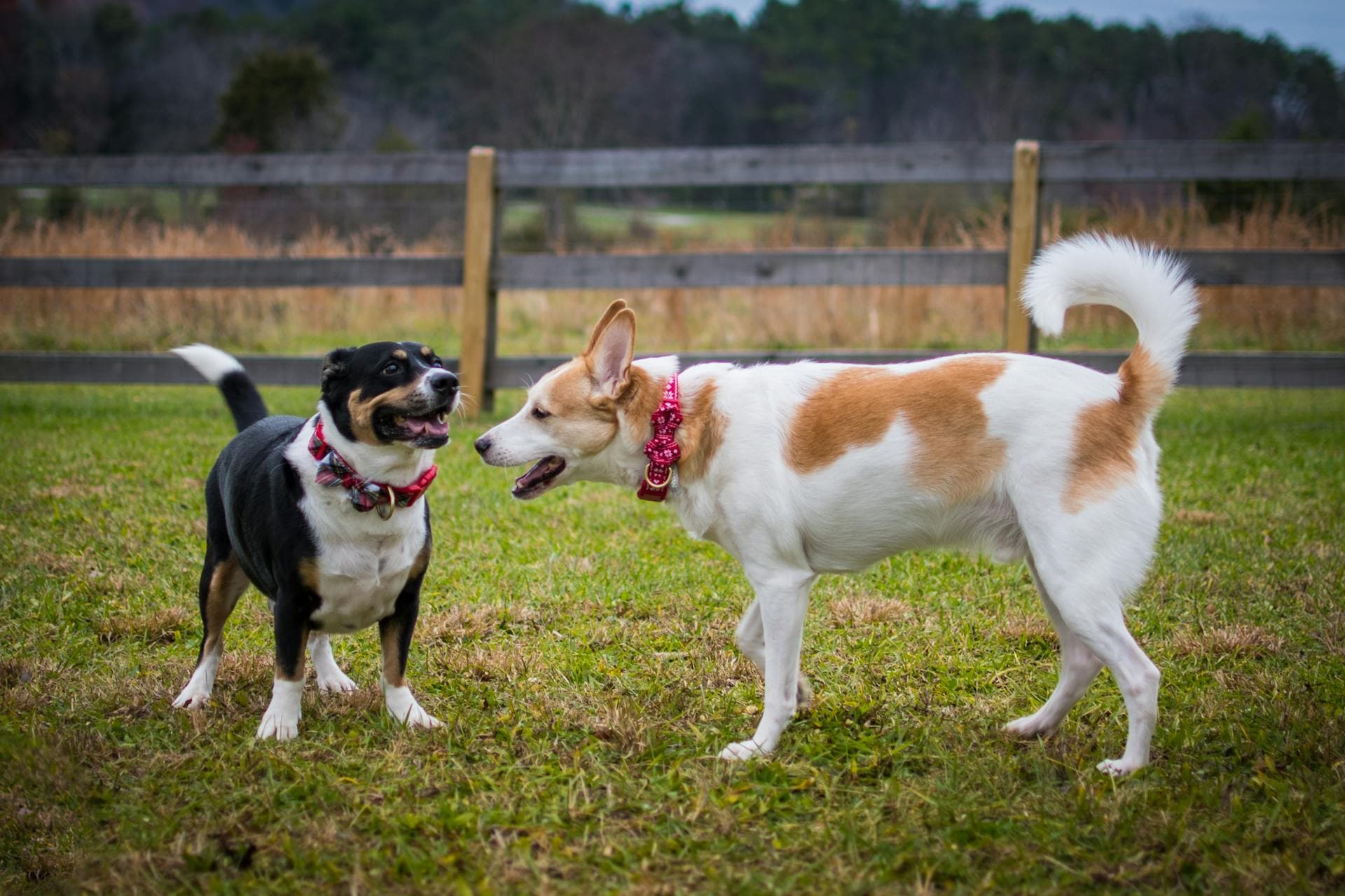Having many pets can be an enriching experience, from two dogs and a cat to a muddle of guinea pigs, or mixing and matching everything in between. Finding ways for all the animals in the house to get on is imperative for animal safety and human sanity, so read on to see what we suggest.
Choosing Compatible Pets
Firstly, when choosing pets, it’s best to try and find ones that are compatible. For example, getting a dog with a high prey drive and a guinea pig may end poorly, as may getting a cat and a rabbit. When choosing animals to live together, consider their temperament, what they were bred for or what their innate behavior may be, and if there are any immediate safety risks, such as if they are likely to hurt each other or if they could transmit any serious diseases to one another (more on that later).
Pet-Proofing Your Home
When it comes to making sure the environment is safe for the new additions, you can’t just think of them as a unit but what they are separately likely to experience. For example, a Mastiff won’t be able to squeeze into small spaces but might be able to jump onto the table where you keep candles. On the other hand, your cat might just be able to squeeze into that space between the TV and the wall. Try to see it from their point of view, literally; you may need to get on their level to find all the places they could hide or things they could break. If your new furry friends are likely to chew things, get wire coverings as well as furniture protectors to stop little mouths chewing through or scratching your furniture. This is even more important in multi puppy households.
Create Safe Spaces
Creating safe spaces for your animals can help them feel secure in your home. For a multi dog house, individual beds or crates can be those spaces. For cats, see if you can make a cozy place for them to snuggle. If they’re more of a runner than a hider, though, consider how the furniture in the room might allow them to leave uncomfortable situations. If they can leave the room by jumping from the chair onto the bookcase, then along the table and out the door, your cat will have a safe exit route if needed.
Setting Up a Routine
Our pets thrive on a routine because it gives them information and tells them what to expect. This can help relieve anxiety in households, especially with multiple dogs, if they have behavior concerns like separation anxiety.
Feeding Multiple Pets
Feeding different animals with different dietary needs can be a challenge. Cats and dogs may both be carnivores but can’t share the same kibble as they won’t get the proper nutrients. Rabbits are on a diet of mostly hay, with some vegetables or herbs and some treats. Guinea pigs, whilst similarly hay and fresh food focused, also need vitamin C added into their diet, which PetMD says to add through supplements. If you have different species in the same house, then it might be best to feed each animal in different rooms. Even if you have the same species, if you have one that eats faster or is food-aggressive, you may want to feed separately. Find what works for your animals to make feeding times a fun and rewarding experience.
Health Care in a Multipet Household
Health care is critical in multi-pet households, and it’s wise to set up a pet first aid kit with everything you need in an emergency. Establishing a relationship with a vet who knows and understands all your animals is also important (especially if you have small or exotic pets in the mix). This should be considered at the start because some animals can pass diseases to others that can be deadly. One of these cases is Bordetella bronchiseptica (also known as Kennel Cough), which, according to PetMD, can quickly transfer from rabbits, cats, and dogs and can cause anything from nasal discharge to infertility in guinea pigs.
Social Dynamics in a Multipet Household
The social dynamics of our pets can be quite complicated. For example, rabbits can be surprisingly dominant (this doesn’t mean they should be allowed to be free reign with other animals), cats can be anxious, and there are as many temperaments in our canine companions as there are breeds. Before bringing another pet into the household, try to set up a neutral space for them to meet and see if temperaments line up.
Exercise and Play for Multiple Pets
Whilst we all know dogs need walks, what do your other pets need? It is actually possible to walk your cat or some small animals, but it might be more enriching for them to provide playtime at home. Where safe and feasible, find things for everyone to do together, like scent games, but know not every pet will like every game, and this is easier in a multiple dog house than a mixed species home.
Handling Conflicts Between Pets
Whenever there is a fight in a multi pet household, it’s important to remember that you also need to consider your safety. Putting your bare hands into the middle of a fight between two dogs and a cat is an easy way to get sent to the hospital. Try to avoid fights in the first place by monitoring behavior, putting barriers between the animals if they do try to fight, and calling in a behaviorist if things worsen. Some animals, like rabbits, might need rebonding after a big fight. However, just like in human relationships, if you can find the cause of tension, you can nip conflicts in the bud.
We love our pets and just want harmony in our home, and with the right work, it is possible to achieve that dream!



